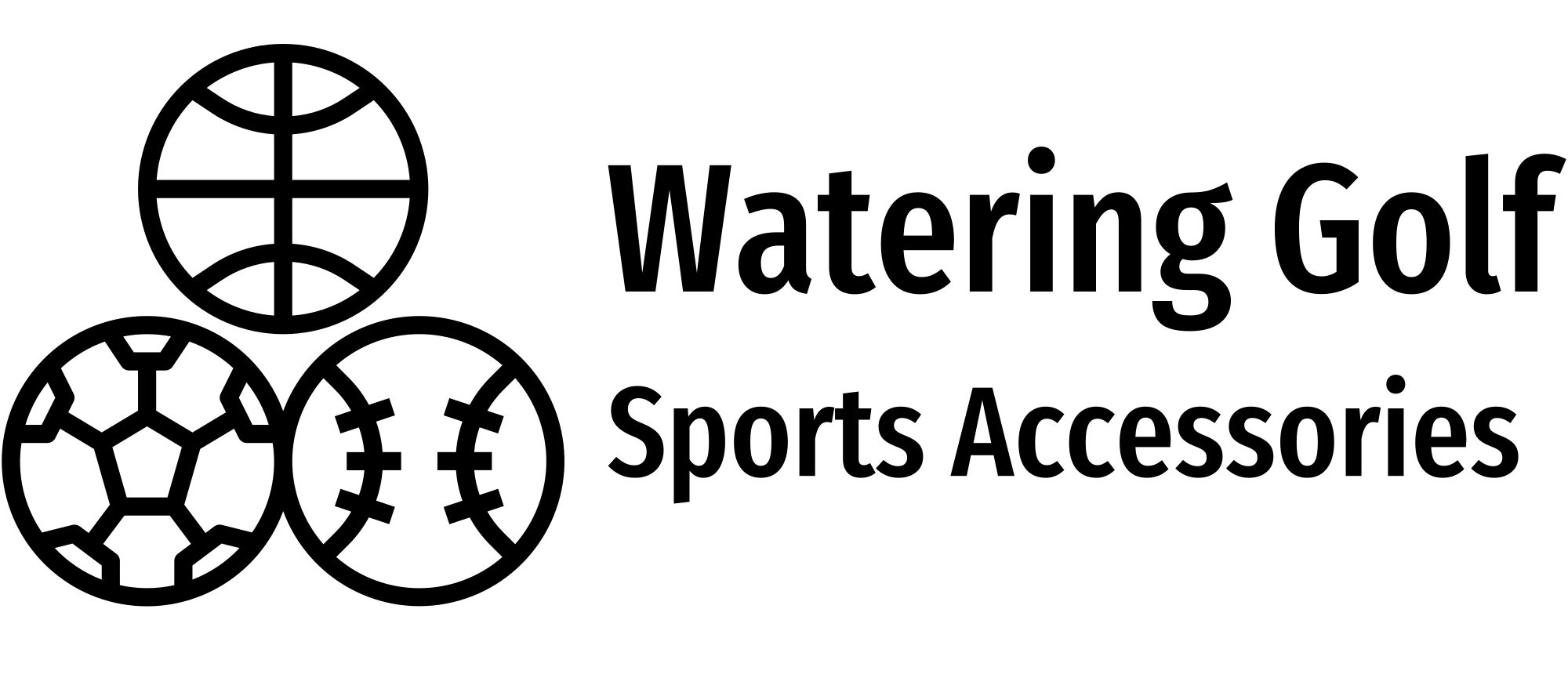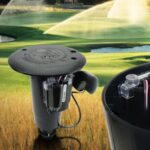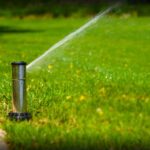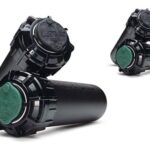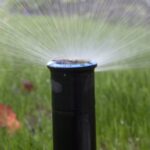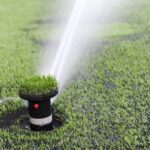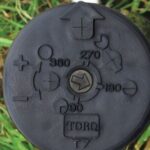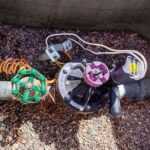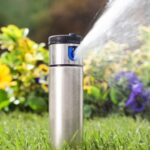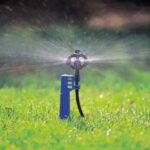As an irrigation specialist with over 7 years of experience installing and maintaining watering systems on golf courses, I often get asked how drip irrigation systems like those from Netafim compare to traditional sprinklers. There are certainly pros and cons to both methods, which I’d like to explore in depth today. Let’s read below about “How Do Netafim Drip Irrigation Systems Compare to Traditional Sprinklers?”
My Background and Experience with Golf Course Irrigation
By way of introduction, my name is Mohit Sharma and I’m an irrigation technician based in Phoenix, Arizona. I’ve been working hands-on with irrigation systems since 2015 when I started as an apprentice on the maintenance crew at the Wigwam Golf Resort.
In my time at the Wigwam and other courses around the state, I’ve gained extensive experience installing, repairing, and optimizing all the most common types of golf course irrigation systems. This includes large rotational sprinklers, stationary pop-up sprinklers, and subsurface drip lines from leading manufacturers like Rain Bird, Toro, and Hunter Industries.
Over the past 7 years, I’ve also had the opportunity to work extensively with Netafim drip irrigation products on water conservation projects for several municipal golf courses in the Phoenix metro area. So I’ve seen firsthand how these systems perform compared to traditional sprinklers.
Water Efficiency Comparison
One of the biggest advantages of drip irrigation in general and Netafim products in particular is water efficiency, especially in hot and arid environments like the Southwestern United States. Simply put, drip irrigation applies water much more precisely using emitters that release water right next to the plant roots.
According to netafimindia, drip irrigation systems use 20% to 50% less water than conventional sprinklers by eliminating overspray, runoff, and evaporation. The precise application also allows soil to absorb more water, reducing waste from saturated surfaces.

In my experience, the water savings from using Netafim drip lines on golf courses can be even higher – sometimes 60% or more compared to old, inefficient rotational sprinkler heads. This can yield significant cost savings on water bills over time.
Labor Efficiency Advantages
In addition to water savings, I’ve also noticed consistent labor efficiency improvements on golf courses utilizing Netafim drip irrigation systems. This is because drip lines have very few moving parts and emitters that are designed for reliable, low-maintenance operation.
Over the past 5 years, I’ve spent far less time repairing leaks or replacing broken sprinkler heads on drip-irrigated holes than those using traditional sprinklers. Issues that can plague standard rotors like misaligned arcs, sunken heads, and clogged nozzles are essentially non-existent with subsurface drip lines.
The bottom line is that Netafim’s pressure-compensating emitters and robust polyethylene tubing are extremely reliable even under years of constant use. So once the system is properly installed, it requires very little ongoing maintenance compared to old-school sprinklers.
Installation Considerations
Of course, while Netafim drip irrigation systems are more efficient in the long run, they do require careful installation to achieve optimal performance. This includes proper trenching, consistent emitter spacing, and effective filtration to prevent clogs.
In my time as a golf course irrigation technician, I’ve learned many best practices for installing drip lines in order to maximize results. This includes pre-planning with design software, proper trenching depths for each zone, careful tubing placement, and correct backfilling techniques.
Following Netafim’s detailed specifications along with my own hard-earned experience, I can consistently implement drip irrigation systems that achieve the highest efficiency with maximum longevity. While the installation process is more involved than simply placing traditional sprinklers, the long-term benefits make the effort well worthwhile.
Soil and Root Zone Differences
One downside to drip irrigation that I’ve noticed is that its very focused watering pattern can lead to inconsistencies in soil moisture and nutrient availability, especially on golf course greens and fairways. While drip lines conserve water, they also concentrate roots directly under the emitters.
Meanwhile, areas between drip lines stay much drier in between watering cycles. This can stress grass plants and create soil hydrophobicity issues over time. With sprinklers, water is spread over the surrounding soil more evenly with each activation.
Read More:- What Are the Benefits of Netafim Drip Irrigation Systems for Gardens?
However, Netafim’s engineers have developed an innovative solution to this problem – the NMC Pro irrigation management computer. This system lets you program drip lines to pulse water multiple times during a zone’s run time. This helps spread moisture over a larger soil profile while avoiding runoff.
I’ve had great success using the NMC Pro to create custom pulsing programs that perfectly match soil infiltration rates. While it takes some trial and error dialing in the optimal pulse rates, the system works very effectively to achieve consistent moisture and nutrient distribution.
Conclusion – Weighing the Tradeoffs
In closing, determining whether to utilize Netafim drip irrigation or traditional sprinklers depends largely on the unique conditions and priorities of each golf course. Netafim systems require greater upfront investment and more meticulous installation but provide superior long-term water efficiency and labor cost reductions.
For courses with pressing needs to conserve water or reduce ongoing maintenance expenses, the switch to drip irrigation is usually well justified. Courses with tighter budgets or no urgent need for upgrades may be better served sticking with existing sprinkler systems.
Read More:- What Are the Advantages of Rain Bird Remote Control Sprinkler Systems?
Ultimately there are good arguments to be made on both sides. As an experienced golf course irrigation specialist, I enjoy working with superintendents and owners to assess their specific needs, budgets, soil conditions and other factors to determine the optimal system design on a case by case basis.
Every course has its own unique requirements when it comes to irrigation. By leveraging my 7+ years of experience with all the leading watering methods, I can make tailored recommendations so each system achieves maximum sustainability and playability.
I hope “How Do Netafim Drip Irrigation Systems Compare to Traditional Sprinklers?” overview has provided useful insight into how Netafim drip irrigation compares to traditional sprinkler systems

Mohit Sharma is an experienced sports product reviewer with over 7 years of expertise in evaluating sports equipment and gear. He holds a degree in Sports Management and has a solid background in product analysis and consumer reviews. Mohit provides in-depth insights on WateringGolf.com, where he helps readers make informed decisions about sports products ranging from hydration solutions to training gear. His expert reviews are backed by both practical experience and a passion for enhancing athletic performance. Connect with Mohit on Instagram.
